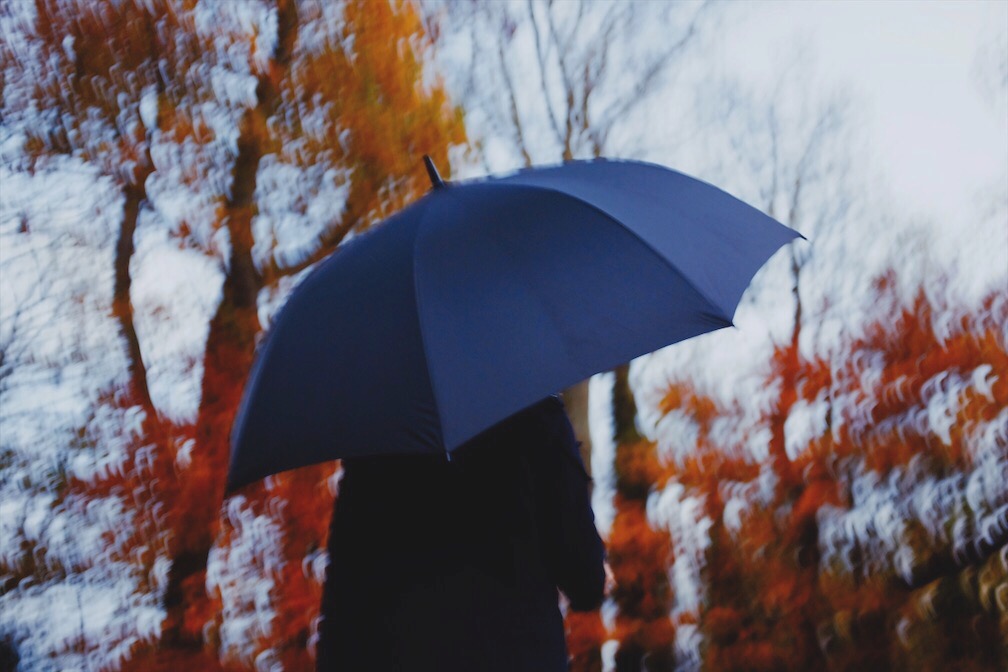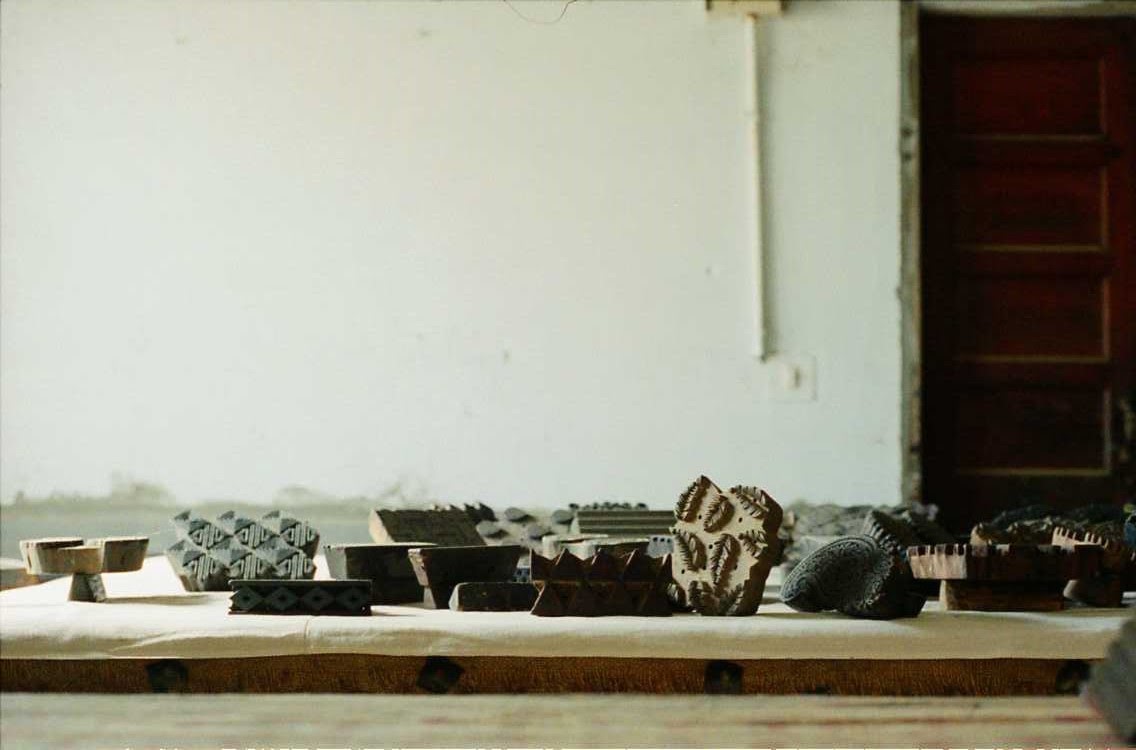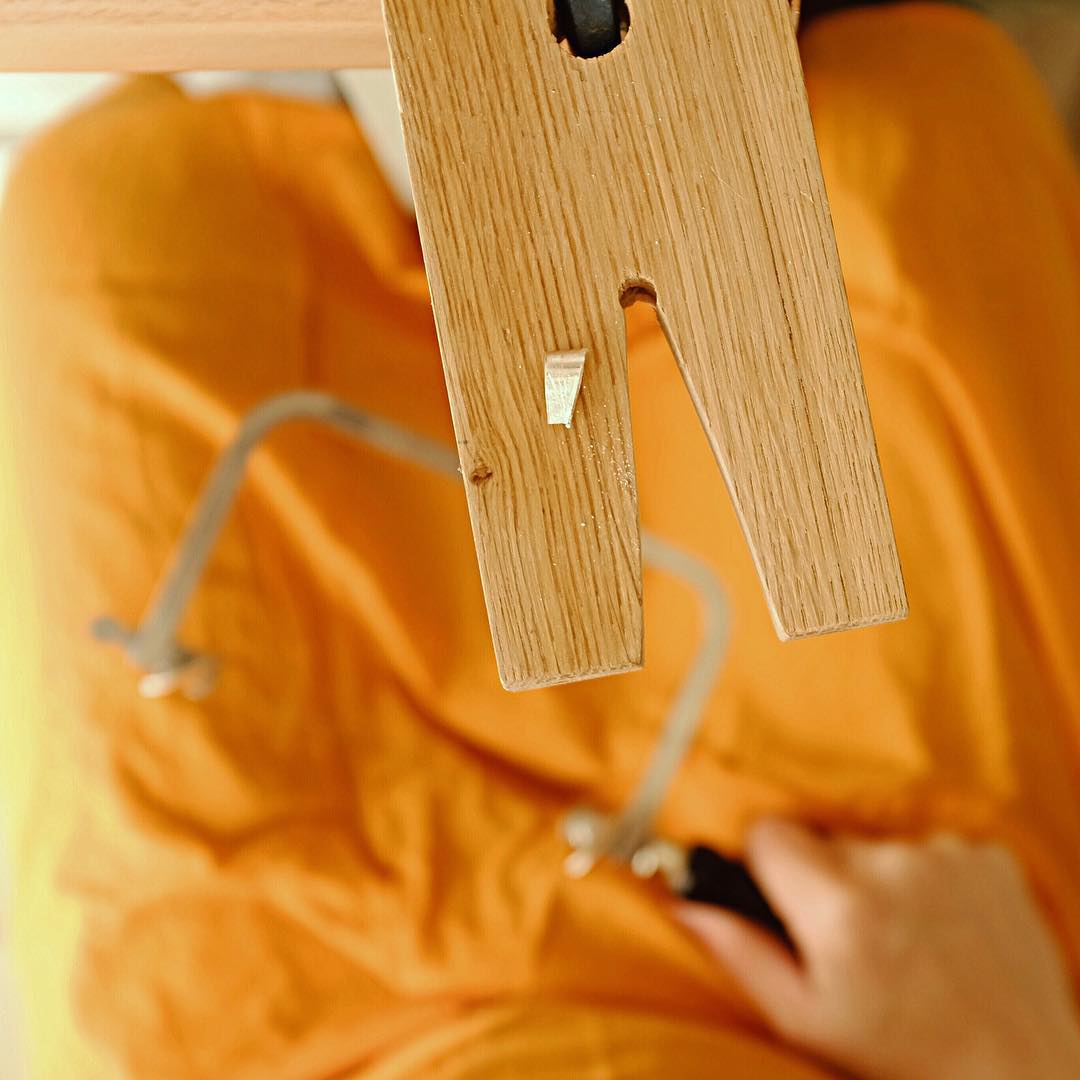Nov 24, 2019
PASSING OF SEASONS
 Though I know in my heart that life is fleeting, I always thought transience would look me in the eyes on days when most people would expect it – a death in the family, an illness; perhaps even when there is cause for celebration. I have never been gravely ill, although when my father passed away in the beginning of winter eight years ago I spent a few years trying to survive the inevitable grief. I was too busy flailing my arms and legs in a deluge of tears to even ponder upon my own mortality.
Though I know in my heart that life is fleeting, I always thought transience would look me in the eyes on days when most people would expect it – a death in the family, an illness; perhaps even when there is cause for celebration. I have never been gravely ill, although when my father passed away in the beginning of winter eight years ago I spent a few years trying to survive the inevitable grief. I was too busy flailing my arms and legs in a deluge of tears to even ponder upon my own mortality.
Nov 22, 2019
CONCEPTION
 I read somewhere that an inch of movement is better than a mile of intention—a powerful line which was instrumental in prompting me to finally carve out a presence, however small and ambivalent, in the world of blogs.
I read somewhere that an inch of movement is better than a mile of intention—a powerful line which was instrumental in prompting me to finally carve out a presence, however small and ambivalent, in the world of blogs.
Jun 9, 2019
KUKICHA (茎茶)
“Karigane, or ‘cry of the wild goose’ is an old Kyoto name for kukicha, ( . . . ). Wild geese, while migrating,
will sometimes land on driftwood floating the the [sic] water, to take a rest. Some say that the stems of
karigane tea look like little rafts of driftwood while they’re brewing, and that is the origin of the tea’s name.”
– Obubu Tea
Indeed, it is the stems and twigs that make up this unusual and elusive tea called kukicha! You may have already
encountered it as either green (ryokucha), or roasted (houjicha). An interesting but lesser known fact, however –
even amongst the Japanese people, apparently – is that it falls under the category demono, which is a collective
name for post-production leftovers once the valuable types are sorted out.
That being said it’s certainly a more economical choice in comparison to its leafy counterparts; a sweet and mellow
introduction to umami-rich Japanese greens. Simultaneously easy on the pocket and the palate – no wonder
it was dubbed ‘poor man’s tea’ in the past!
OTHER NAMES
Karigane Typically denotes higher quality kukicha, consisting of stems from premium green teas like gyokuro*,
kabusecha**, or also tencha†.
Shiraore A term used in the Kyushu region. Some sites suggest that it’s made from high quality senchas.
Boucha Roasted kukicha from Ishikawa; made with high quality senchas.
Kagaboucha As above, though this one in particular hails from the city of Kaga. The culmination of a quest to
make the best for Emperor Showa who was known to be fond of houjicha. (Check Maruhachi 丸八製茶場
It’s supposedly the best, but I wouldn’t be the person to ask.
 Though I know in my heart that life is fleeting, I always thought transience would look me in the eyes on days when most people would expect it – a death in the family, an illness; perhaps even when there is cause for celebration. I have never been gravely ill, although when my father passed away in the beginning of winter eight years ago I spent a few years trying to survive the inevitable grief. I was too busy flailing my arms and legs in a deluge of tears to even ponder upon my own mortality.
Though I know in my heart that life is fleeting, I always thought transience would look me in the eyes on days when most people would expect it – a death in the family, an illness; perhaps even when there is cause for celebration. I have never been gravely ill, although when my father passed away in the beginning of winter eight years ago I spent a few years trying to survive the inevitable grief. I was too busy flailing my arms and legs in a deluge of tears to even ponder upon my own mortality.
